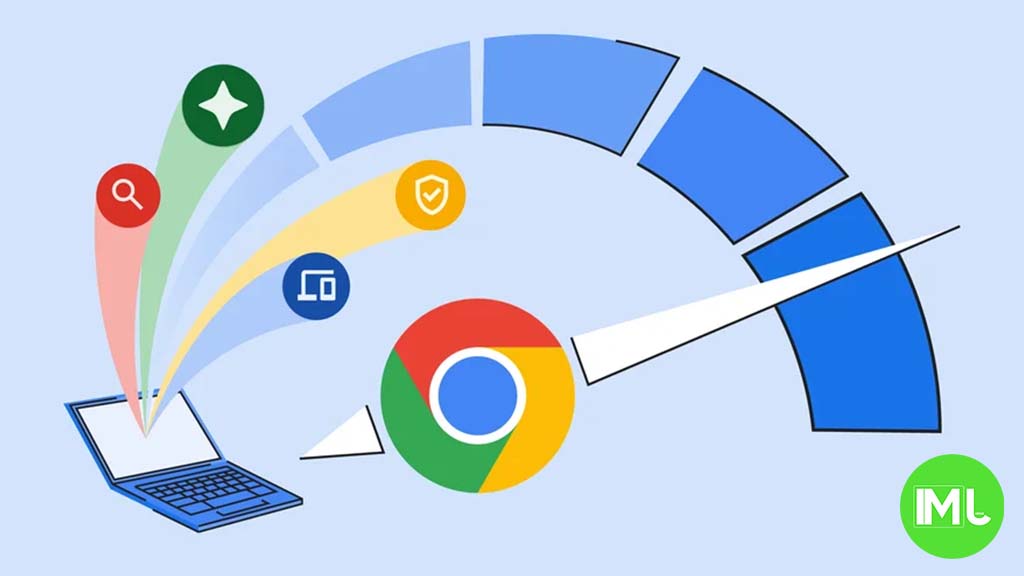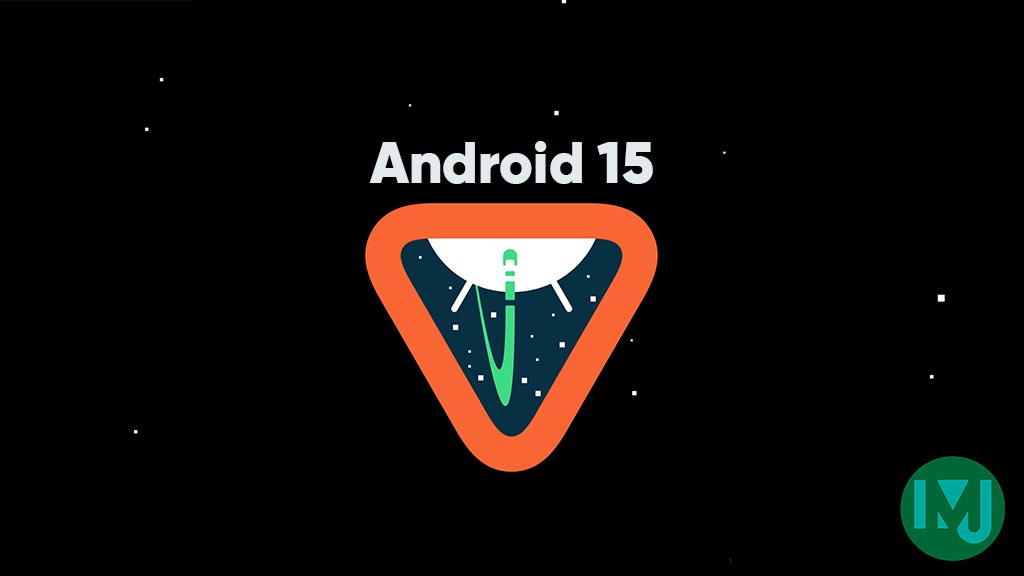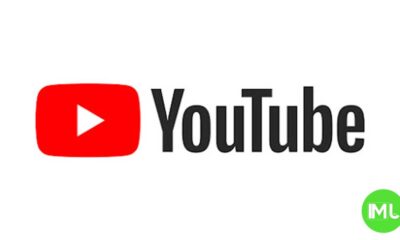Google set to use TSMC’s 2nm technology for Tensor G6 chipset

Key Points:
- Google will likely use TSMC’s 2nm process for its next Tensor G6 chipset.
- Google has moved away from Samsung due to lower chip yield issues.
- TSMC is already producing Tensor G5 chips and could start 2nm production soon.
Google to Use TSMC’s 2nm Tech for Next Tensor G6 Chip
Google plans to continue its collaboration with Taiwan Semiconductor Manufacturing Company (TSMC) for the upcoming Tensor G6 chipset, which is expected to use TSMC’s advanced 2nm fabrication process. TSMC is currently ramping up production of Google’s Tensor G5, which powers the recently launched Pixel 9 series, including models like Pixel 9, Pixel 9 Pro, and Pixel 9 Fold.
A Shift to TSMC for Chip Manufacturing
Google’s decision to partner with TSMC follows reports that it has ended its collaboration with Samsung Foundry, which previously handled Tensor chip production. This shift is believed to be due to challenges Samsung faced with low production yields, particularly in their 3nm chip technology, where yield rates were reportedly as low as 20%. Google has now optimized its Tensor G5 chip to be produced by TSMC, leveraging its more reliable fabrication processes.
TSMC is set to manufacture the Tensor G5 on its 3nm process (N3E) technology. Looking ahead, the company plans to introduce its cutting-edge 2nm process by late next year, potentially in time for Google’s next flagship devices.
Samsung’s Loss, TSMC’s Gain
Samsung’s challenges with chip yields seem to have led Google to reconsider its manufacturing strategy. As TSMC continues to advance its technology, it has already secured significant deals, including for the production of Apple’s iPhone 17, which will use 2nm chips. While Samsung works to improve its yields, the switch to TSMC marks a significant win for the Taiwanese company and a loss for Samsung Foundry.
Why the Tensor G6 Matters for Google
Unlike some other smartphone makers, Google’s Pixel devices aren’t just about having the fastest hardware. Instead, they focus on offering a pure Android experience, paired with Google’s software innovations. With TSMC’s 2nm chips, Google is looking to ensure that future Pixel devices, likely starting with the Tensor G6, can maintain this balance of efficiency and performance.
Android
Google Password Manager adds Passkey support on desktop and Android Auto introduces Tesla NACS charger compatibility

Top 3 Key Points:
- Google Password Manager now supports saving passkeys on desktop Chrome for easier sign-in.
- Android Auto now includes support for electric vehicles (EVs) using Tesla’s NACS charging system.
- The latest Android Auto update makes it easier to find NACS chargers for non-Tesla EVs.
Google has made it simpler for users to save and access passkeys on their desktop Chrome browser through its Password Manager. Previously, passkeys could only be saved through the Google Password Manager on Android devices. To log in from a desktop, users needed to scan a QR code with their Android phone, which added a layer of inconvenience.
Now, with this new update, Google Password Manager on Chrome can store passkeys for macOS, Windows, Linux, and ChromeOS (currently in beta testing). Support for iOS is expected soon. This means you can sign in using a passkey by just scanning your fingerprint or entering your device’s passcode directly on your desktop, removing the need for QR code scanning.
When creating a new passkey on your desktop, you’ll be prompted to enter a six-digit recovery PIN. This PIN is essential for unlocking your passkey on other devices. Additionally, your Android’s screen lock can act as a backup security method. Google highlights that this PIN enhances security by ensuring your passkeys are encrypted and cannot be accessed by others.
On a different front, Google is also rolling out a significant update to Android Auto. This update is important for electric vehicle (EV) users, especially those who need access to Tesla’s NACS (North American Charging Standard) charging stations. Until now, Android Auto supported various charging systems like J1772, CCS, and CHAdeMO, but it didn’t support NACS, which is now expanding as a major charging standard.
With this update, users with non-Tesla EVs can now enable NACS charging options through Android Auto. By doing this, they can easily locate Tesla’s NACS charging stations using Google Maps. It’s worth noting that Tesla vehicles do not natively support Android Auto, but this update will benefit non-Tesla EV users who use the NACS charging network.
A recent example of how this is useful is the approval of NACS adapters for GM’s electric vehicles. These adapters allow GM’s EV drivers to use both the NACS and CCS charging options. Google is gradually rolling out this update through the Play Store beta, and it should be available to a broader user base in the coming weeks.
Google expands free TV channels, faces antitrust battle, and pushes YouTube pause ads

Top 3 Key Points:
- Google TV adds more free channels, including The Bob Ross Channel, reaching 157 total.
- Google faces a second antitrust trial, this time focused on its dominance in online advertising.
- YouTube rolls out Pause ads, encouraging users to subscribe to YouTube Premium.
Google is continuously expanding its free TV offerings. This week, Google TV added seven new channels, bringing the total to 157. New channels include The Bob Ross Channel, Comedy Dynamics, and The Dog Whisperer with Cesar Millan. These channels are available on Chromecast and other Google TV devices, allowing users to watch them directly through the home screen or the Freeplay app.
Initially, when Google TV launched its free channel service in 2023, there were around 80 channels. Through partnerships with platforms like Plex and Tubi, users can now access even more content through Google TV’s “Live” tab. As of now, this feature is only available in the U.S., and there’s no information on expanding it internationally.
On a different front, Google is facing another antitrust trial. The U.S. Department of Justice (DOJ) has accused Google of maintaining an illegal monopoly in online advertising. This is the second major antitrust case against the company in just a few months, following a ruling in August that Google held a monopoly in online search.
Unlike the search case, this ad case is more complex. Google’s dominance in advertising largely stems from its acquisition of several competitors, creating a highly sophisticated system for managing ads across platforms. Now, the DOJ is arguing that Google used these acquisitions to unfairly maintain control over the digital ad market.
As the trial unfolds, witnesses from news publishers and advertising experts are testifying on how Google’s practices have impacted competition. If the court rules against Google again, the company could face serious consequences, possibly even having parts of its business broken up.
Meanwhile, over on YouTube, the platform has started expanding its Pause ads feature. These ads appear when a user pauses a video, with a static ad popping up next to the video screen. YouTube’s goal is to make these ads feel less intrusive compared to the usual pre-roll and mid-roll ads, but it’s also a clear push to get users to subscribe to YouTube Premium for an ad-free experience.
Although some users are frustrated by the increasing number of ads, YouTube claims that advertisers are responding positively to the new format. However, the platform has made no indication that it plans to reduce the number of other ads users encounter, especially for those who aren’t subscribed to Premium.
In conclusion, Google’s expanding presence in TV, ongoing legal battles, and evolving advertising strategies reflect its continuing influence on both entertainment and online business.
Android
Android 15 delayed, Gemini Live now free for Android

Key points:
- Android 15 for Pixel devices was pushed back to October 15.
- Gemini Live, Google’s AI assistant, is now available for free Android users.
- Pixel 6 and later devices will get Android 15, but Pixel 6/6 Pro won’t get future updates.
Android 15 Delayed
Google’s latest Android update, Android 15, is taking a bit longer to reach Pixel phones. While it was released for developers in September, it won’t be available for Pixel users until October 15th. This delay is likely due to Google wanting to make sure the update is as bug-free as possible.
Gemini Live Goes Free
In other Google news, Gemini Live, the company’s AI assistant, is now free for Android users. This means you can use Gemini to help you with tasks like writing emails, summarizing articles, or even translating languages.
Pixel 6 and Later
The Pixel 6 and later devices will be the first to get Android 15. However, this will also be the last guaranteed update for the Pixel 6 and Pixel 6 Pro. While they will continue to receive security updates, they won’t get any new features after Android 15.
-

 News7 months ago
News7 months agoSamsung USA crafting One UI 6.1.1
-

 Apps7 months ago
Apps7 months agoGboard Proofread feature will support selected text
-

 News6 months ago
News6 months agoBreaking: Samsung Galaxy S22 may get Galaxy AI features
-

 News6 months ago
News6 months agoSamsung Galaxy S23 Ultra with One UI 6.1 and all S24 AI features revealed
-

 News7 months ago
News7 months agoOne UI 6.1 Auracast (Bluetooth LE Audio) feature coming to many Samsung phones
-

 Apps4 months ago
Apps4 months agoGoogle’s fancy new Weather app is finally available for more Android phones
-

 News7 months ago
News7 months agoSatellite SOS feature coming to Google Pixel phones, evidence leaked
-

 News7 months ago
News7 months agoGoogle Pixel evolves as Europe’s third best selling flagship








